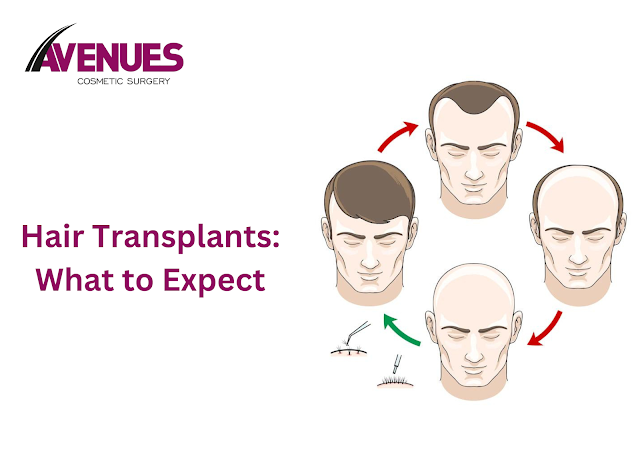Hair Transplants: What to Expect
What to expect from a hair transplant? A lot of questions surround the procedure and the results. However, for hair transplant candidates, there are a few things we can take away from this experience. Here’s what you need to know
What does a hair transplant cost?
Depending on where you live in
the world, the average price for a hair transplant is around $10,000 to
$15,000. There are some procedures that cost more — usually the dressings,
incisions, and tools — but for the most part, it’s a pretty reasonable sum.
How often do hair transplants take place?
It’s not unusual for hair
transplant patients to have up to 10 or 11 transplants in a 12-month period.
The surgery is scheduled for about three months after the patient’s wedding.
This is because the patient has been trying to get their hair for about a year.
It’s also possible for the patient to have a hair transplant within the first
year after the wedding, or within a month after the wedding. If either of those
situations occurs, they have to wait a further three months before they can
have their hair replaced.
Is it safe to have a hair transplant?
The ghastly thought of having a
hair transplant but with a straight hair texture is mostly reserved for
unfortunate souls who have a mental illness or who have lost their hair to
disease. And hair transplants are not a routine thing for healthy people. It
is, however, safe to have a hair transplant if you have naturally straight
hair. There are no health risks associated with straight hair and you should be
able to continue using your normal techniques (flossing, moisturizing, etc.)
while your hair is still young.
Should I have a transplant if I’m bald or headless?
Every day, people across the
globe have to decide whether they want to grow a head or not. Not many people
know that the procedure to grow a head is very common in developed countries.
In many Western countries, it’s standard practice to have a balding head
transplant within a few months after the recipient’s wedding. It’s important to
remember that a hair transplant is a very serious surgery. Almost none of the
people who have hair transplants survive the procedure. The rest die within a
year after the procedure. The reason for this is that the scalp and the organs
that support it are very delicate. It’s very difficult for anyone to make a
cuticle-shredded head that could survive the operation.
What are the risks of having a hair transplant?
There are many risks related to
having a hair transplant. The most obvious is that the recipient may end up
with a hair growth disorder. This is because hair transplants are very
selective about which kind of growth you get. For example, a patient might get
long, straight, wavy hair that is very motorist-like and can grow into a very long
face. Or someone might have short, frizzy, unruly hair that becomes unruly when
they’re in their 30s or 40s and then becomes unruly as they age. Another risk
is that the hair transplant patient gets cancer. This can happen after the
operation — usually after the third or forth procedure (that is, if they had
the surgery on the first and second day of your campaign). This is not normal
and it’s very scary. The doctor may tell you that the patient has cancer and
that it’s very bad. Then the patient dies.
Conclusion
Your hair is your shield against
natural disasters. Whether it’s a fire in the house or a Mountain Dew ad, it
can be a great way to protect your hair from harm. That is why it’s important
to know how to handled your hair after a hair transplant. You should never
leave home without it and you should always do your shopping with it on. If you
are looking for a procedure that is relatively simple, quick, and effective,
then a hair transplant is a good choice. However, for those who have a history
of mental illness or who have lost their hair to disease, it should be done
slowly and carefully.



Comments
Post a Comment